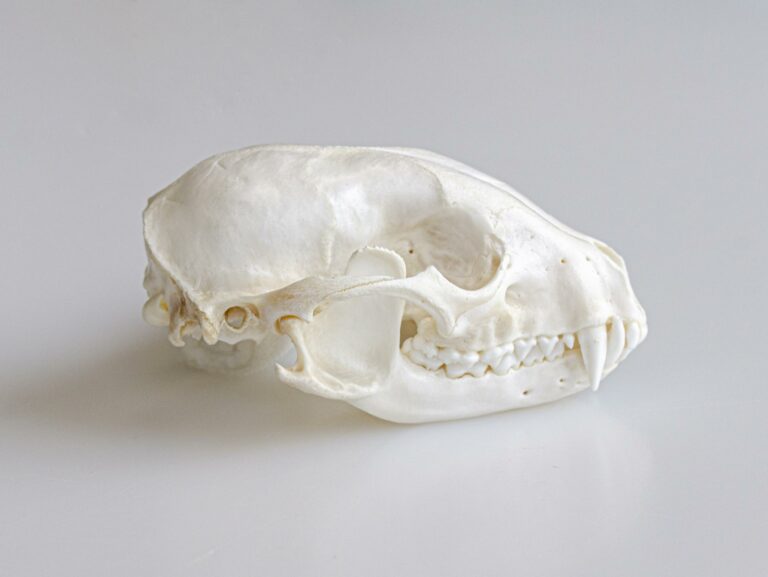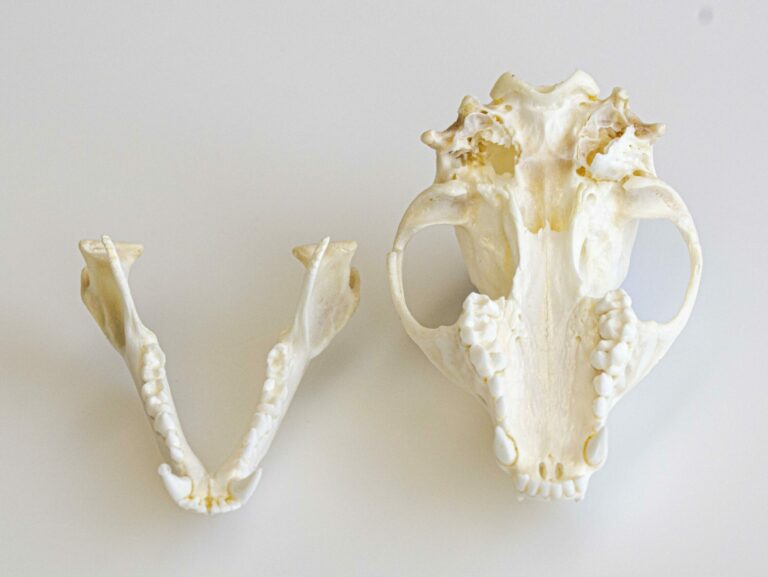Procyon lotor
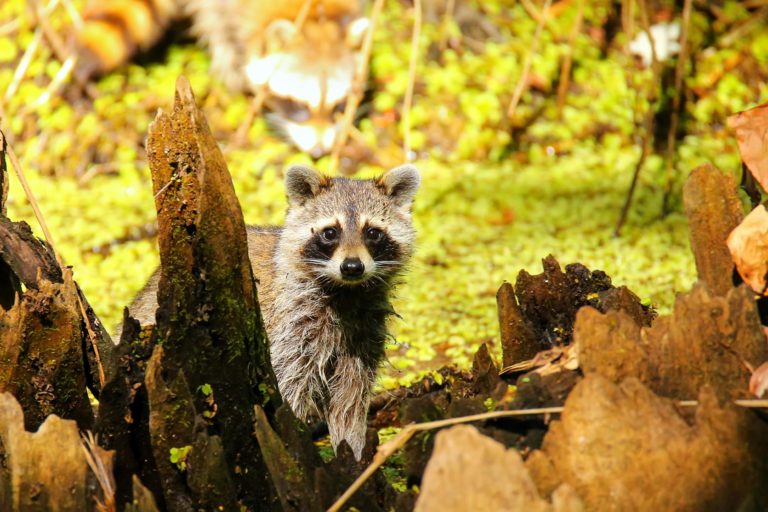
Threats to native species – distribution – parasitization – diseases
48 – 75 cm
5 – 9 kg
6 – 9 Years
Jan – March / – July
63 Days
2 – 7
Forests – Fields – Cities
Trees – tree cavities – animal burrows
Nocturnal
Winter dormancy with periods of activity
Wolf – Red Kite – White-tailed Eagle
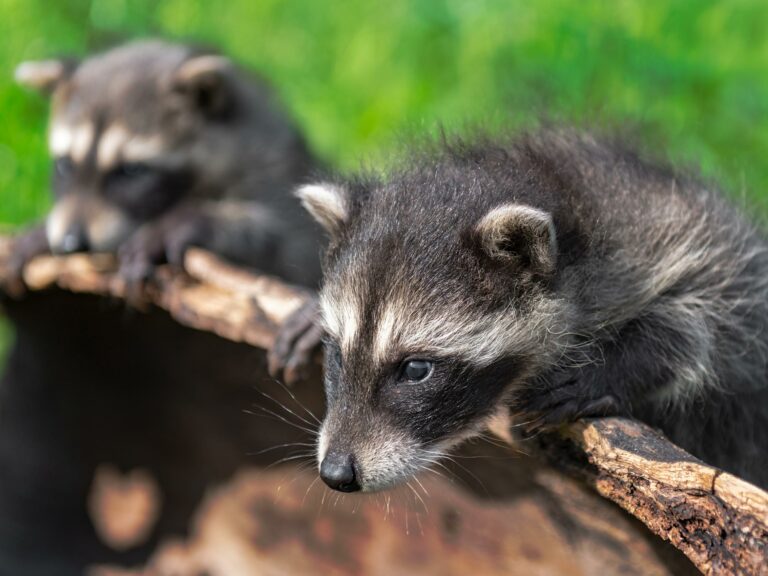
Distribution
The raccoon, which originated in North America, has become one of the most common wild animals in Germany and Europe only unintentionally. The first raccoons were introduced to Germany at the beginning of the 20th century for the purpose of fur farming. Since its release into the wild in 1934 at Lake Edersee in Hesse and several escapes from fur farms, the raccoon has spread and established itself in over 20 European countries to date.
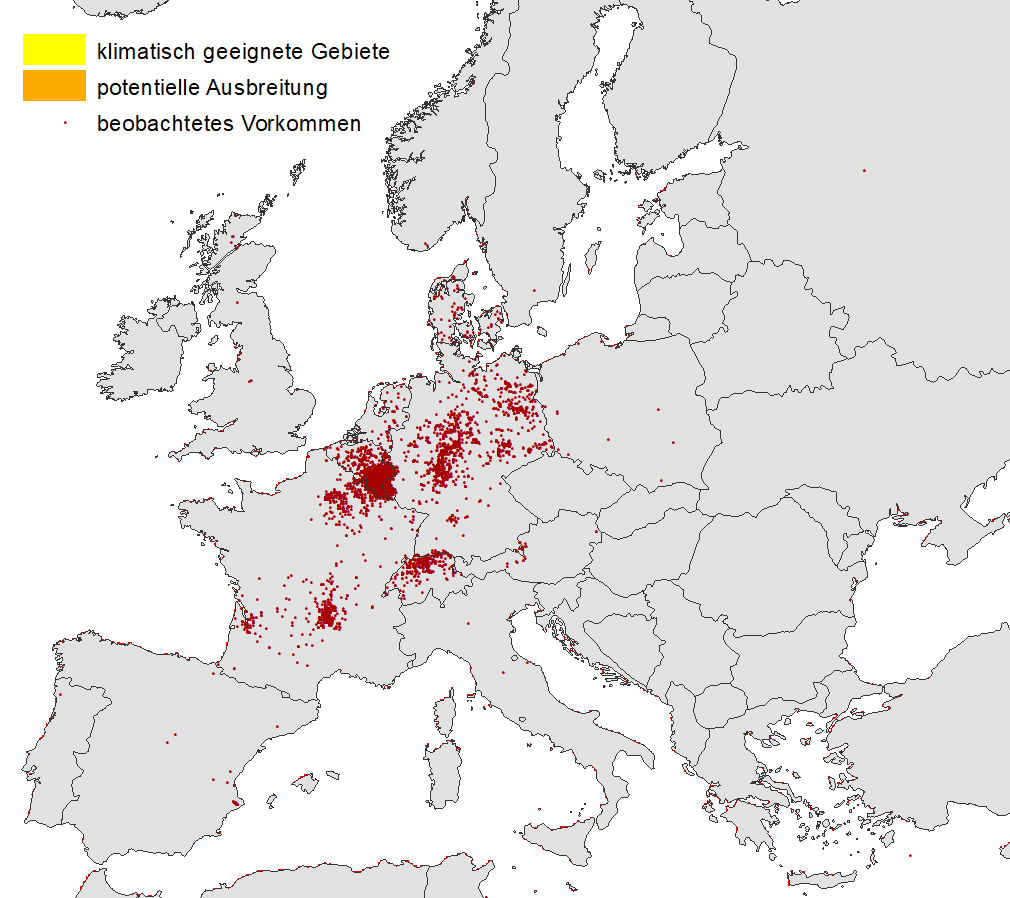
Future
Further spread of the raccoon in Europe is highly likely – distribution models show a future spread to the permafrost borders. Population densities will also increase and eventually, due to a lack of natural enemies, will be significantly higher than the known population densities in the native countries of the USA and Canada. The raccoon population in North America is estimated at 5-10 million animals. In the USA, raccoons are known to colonize attics and underfloors of houses, to empty garbage cans and to destroy house insulation – so far only in isolated cases this is already visible in Germany.
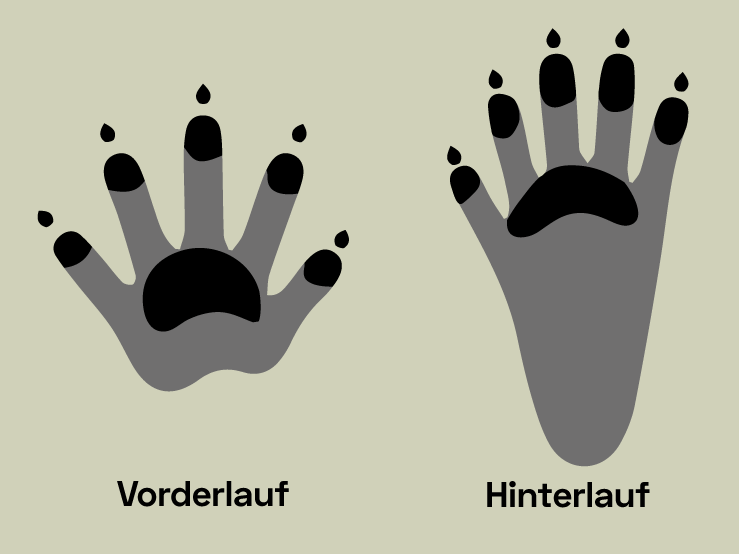

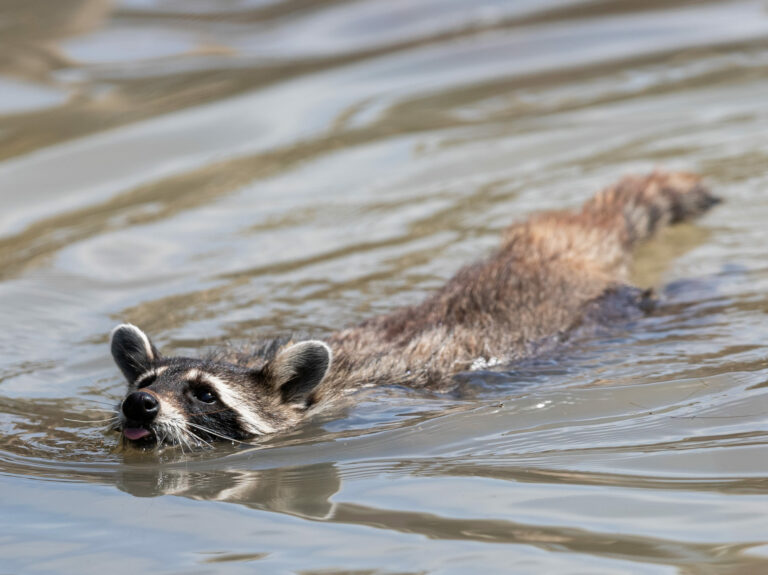
Akrobat
Raccoons are at home in all landscapes. They are comfortable with rocky cliffs, dense forests, aquatic areas, agricultural fields, fallow lands, and cities, and can find their way anywhere. They are extremely good climbers and very good swimmers, so even bird nests can be found on trees or steep slopes, in tree hollows or hidden in bank reeds.
Population size
Based on hunting statistics and current estimates, the total population of raccoons in Germany is over 1.6 million animals. Reasons for this include a lack of natural enemies, its rapid reproduction, omnivorous diet and adaptive lifestyle.

Jack of all trades
The raccoon’s ability to thrive in any environment makes it particularly adaptive to all climates. As cultural successors, they increasingly colonize cities and, due to their nocturnal lifestyle, rarely and therefore only indirectly get in the way of humans. The consequences of this are an almost invisible spread of raccoons in all regions and an inadequate attribution of damage caused to raccoons.

Omnivore
The English name “Raccoon” for the raccoon is derived from its name of the Native Americans from the Algonkin tribe, who called him Aroughoun “the one who scratches with his hands”, which is due to his behavior when looking for food. The raccoon can feed on almost anything – depending on where it lives and the time of year, its diet includes various wild animals and plants, but also carrion, garbage can contents, or animals that are actually poisonous, such as common toads. Due to its lack of specialization in individual food groups, it also feels at home in agricultural areas such as corn silage, warehouses or stables and thus often becomes a pest.
